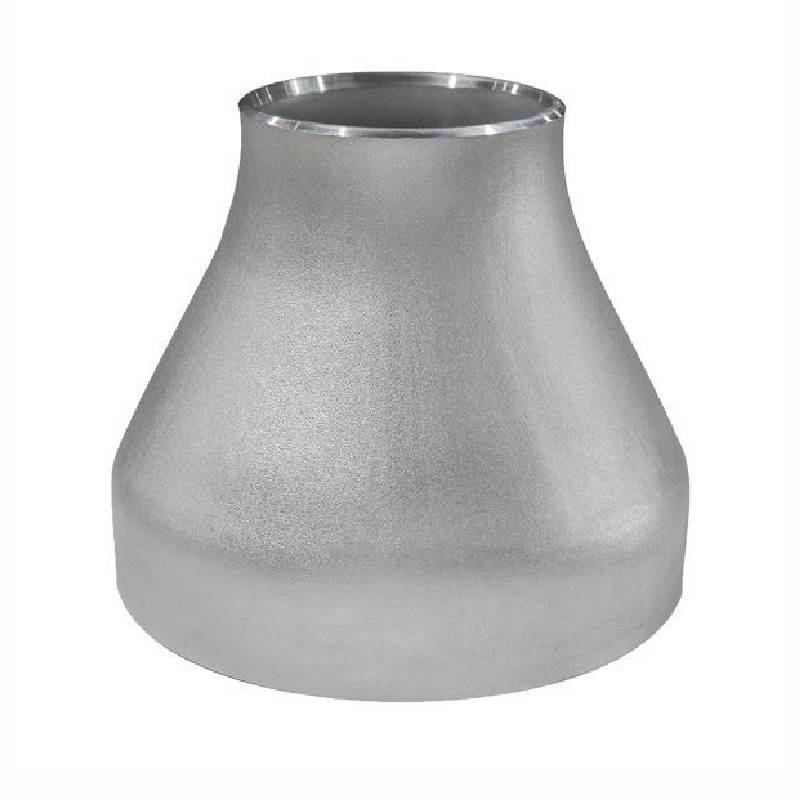-
Cangzhou Yulong Steel Co., Ltd.
-
Phone:
+86 13303177267 -
Email:
admin@ylsteelfittings.com
- English
- Arabic
- Italian
- Spanish
- Portuguese
- German
- kazakh
- Persian
- Greek
- French
- Russian
- Polish
- Thai
- Indonesian
- Vietnamese
- Zulu
- Korean
- Uzbek
- Hindi
- Serbian
- Malay
- Ukrainian
- Gujarati
- Haitian Creole
- hausa
- hawaiian
- Hebrew
- Miao
- Hungarian
- Icelandic
- igbo
- irish
- Japanese
- Javanese
- Kannada
- Khmer
- Rwandese
- Afrikaans
- Albanian
- Amharic
- Armenian
- Azerbaijani
- Basque
- Belarusian
- Bengali
- Bosnian
- Bulgarian
- Catalan
- Cebuano
- China
- China (Taiwan)
- Corsican
- Croatian
- Czech
- Danish
- Esperanto
- Estonian
- Finnish
- Frisian
- Galician
- Georgian
- Kurdish
- Kyrgyz
- Lao
- Latin
- Latvian
- Lithuanian
- Luxembourgish
- Macedonian
- Malgashi
- Malayalam
- Maltese
- Maori
- Marathi
- Mongolian
- Myanmar
- Nepali
- Norwegian
- Norwegian
- Occitan
- Pashto
- Dutch
- Punjabi
- Romanian
- Samoan
- Scottish Gaelic
- Sesotho
- Shona
- Sindhi
- Sinhala
- Slovak
- Slovenian
- Somali
- Sundanese
- Swahili
- Swedish
- Tagalog
- Tajik
- Tamil
- Tatar
- Telugu
- Turkish
- Turkmen
- Urdu
- Uighur
- Welsh
- Bantu
- Yiddish
- Yoruba

Nov . 18, 2024 07:36 Back to list
Specifications for Seamless Steel Pipe Sizes and Dimensions
Understanding Seamless Steel Pipe Dimensions
Seamless steel pipes are vital components in various industries, providing exceptional strength and durability for high-pressure applications. The dimensions of these pipes play a crucial role in determining their suitability for different projects. In this article, we will explore the key factors influencing seamless steel pipe dimensions and their implications for industrial applications.
Basic Dimensions
The dimensions of seamless steel pipes are typically specified in terms of nominal pipe size (NPS) and schedule (SCH), which indicate the pipe's diameter and wall thickness respectively. The nominal size is a rough indication of the pipe's internal diameter, while the schedule number denotes the wall thickness in relation to the pipe's diameter. For example, a 1-inch NPS pipe with a schedule of 40 will have different measurements compared to a 1-inch NPS pipe with a schedule of 80.
Outer Diameter and Wall Thickness
The outer diameter (OD) and wall thickness are critical specifications. The outer diameter is standardized for each nominal size, but the wall thickness can vary. This variance affects the pipe's weight, strength, and pressure rating. Different industry standards, such as ASTM (American Society for Testing and Materials) and ASME (American Society of Mechanical Engineers), provide guidelines for these dimensions, ensuring consistency and reliability across products.
Length Specifications
seamless steel pipe dimensions

Seamless steel pipes are available in various lengths, with the standard being 20 feet. However, custom lengths can be manufactured to meet specific project requirements. Understanding the length specifications is essential for projects that require precise measurements to reduce the need for additional fittings and minimize the risk of leaks.
Importance of Tolerances
Tolerances in pipe dimensions refer to the allowable variations in measurements. These tolerances are crucial for ensuring that the pipes fit correctly during installation. If the dimensions are not within specified tolerances, it can lead to complications in the assembly process, resulting in potential failures under pressure or stress. Therefore, manufacturers must adhere to strict quality control measures to ensure that all dimensions are within the acceptable ranges.
Applications of Seamless Steel Pipes
Seamless steel pipes are widely used in various applications, including oil and gas extraction, power generation, and construction. Their ability to withstand high pressures and extreme temperatures makes them ideal for conveying fluids and gases. Furthermore, industries rely on specific dimensions to meet safety and regulatory standards, which is why understanding the intricacies of seamless steel pipe dimensions is vital.
In conclusion, the dimensions of seamless steel pipes are not merely numbers; they are a reflection of the pipe's performance capabilities in a multitude of industrial applications. Proper specification of these dimensions ensures that seamless steel pipes can efficiently perform their intended functions while maintaining safety and integrity. As industries continue to evolve, so too will the standards and specifications guiding the production of seamless steel pipes.
Latest news
-
ANSI 150P SS304 SO FLANGE
NewsFeb.14,2025
-
ASTM A333GR6 STEEL PIPE
NewsJan.20,2025
-
ANSI B16.5 WELDING NECK FLANGE
NewsJan.15,2026
-
ANSI B16.5 SLIP-ON FLANGE
NewsApr.19,2024
-
SABS 1123 FLANGE
NewsJan.15,2025
-
DIN86044 PLATE FLANGE
NewsApr.19,2024
-
DIN2527 BLIND FLANGE
NewsApr.12,2024
-
JIS B2311 Butt-Welding Fittings LR/SR 45°/90° /180°Seamless/Weld
NewsApr.23,2024











